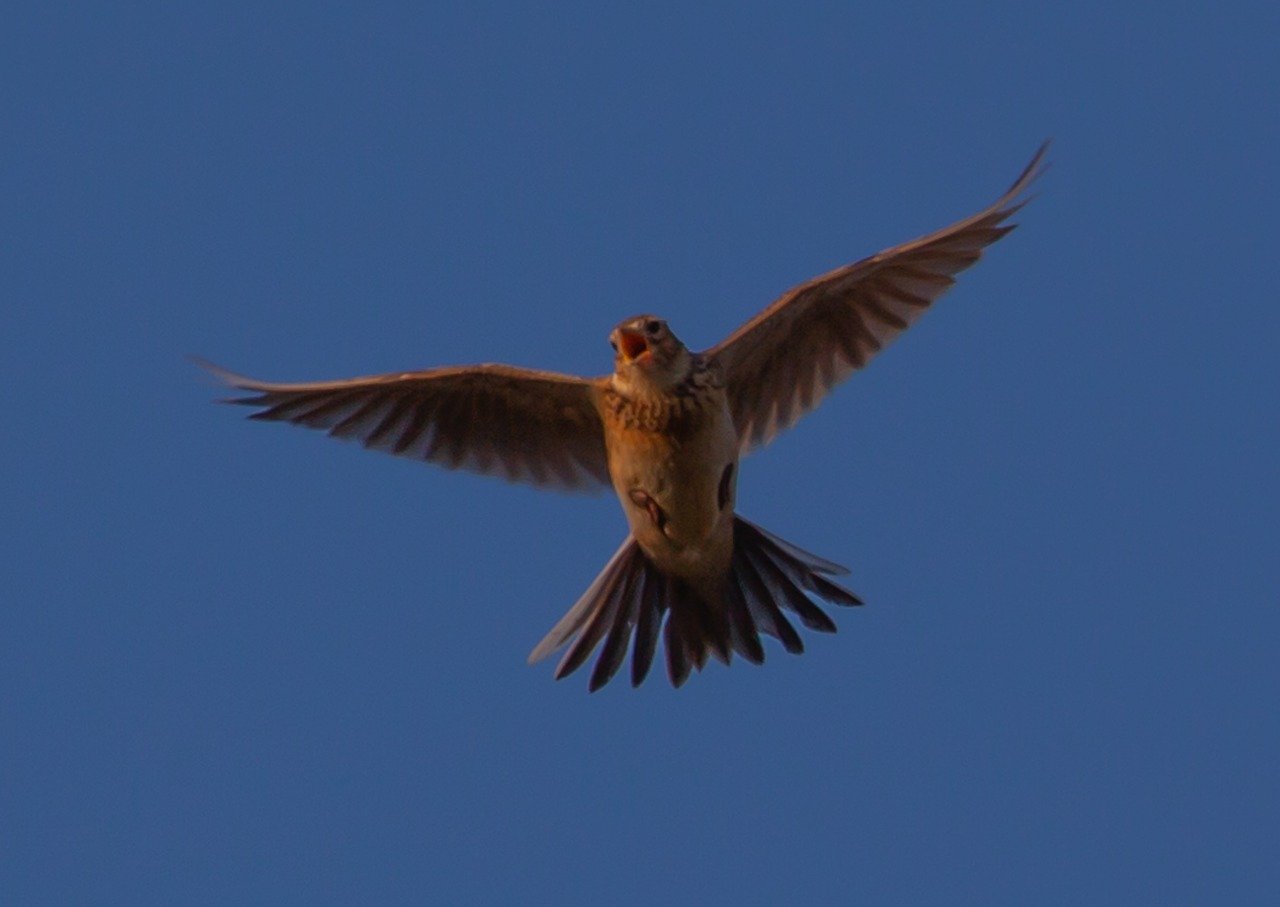Effekter av putsningstidpunkt, vegetationsstruktur och landskapssammansättning på sånglärkor som häckar på ekologiska trädor
DOI:
https://doi.org/10.34080/os.v19.22666Nyckelord:
habitatval, predation, lantbruk, antropogena effekter, hot, häckningsframgång, naturskötselAbstract
We assessed the quality of organic set-asides as habitat for breeding Skylarks. We evaluated (i) density in relation to vegetation structure and landscape composition, (ii) reproductive success on set-asides cut at normal time (1 June) and with delayed cutting (15 June), and (iii) nest predation and destruction by using artificial nests. Skylark density was negatively associated with vegetation height and cover, and it was three times higher on fields without forest than with more than 50% forest in the surrounding landscape. Of the artificial nests, 56% were destroyed by cutting that also increased predation on surviving nests. Delayed cutting resulted in higher reproductive success; mean number of fledged broods per territory increased from 0.42 to 0.52. The negative effects of early cutting seemed to be largest on fields with sparse vegetation. Based on fledging dates we suggest that 20 June is a reasonable date for first cutting in south-central Sweden. Reproductive success on organic set-asides could probably be further improved if less dense vegetation (or unsown patches or strips) is combined with a delayed cutting.
Nedladdningar

Downloads
Publicerad
Referera så här
Nummer
Sektion
Licens
Författaren/författarna innehar copyright för varje enskilt bidrag, men samtliga bidrag är publicerade under en Creative Commons-licens, så att vem som helst kan dela och återanvända bidraget förutsatt att copyright-innehavaren erkänns.







